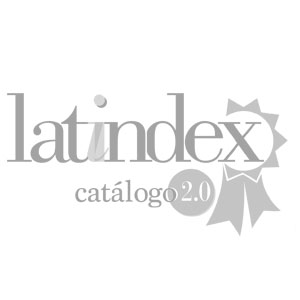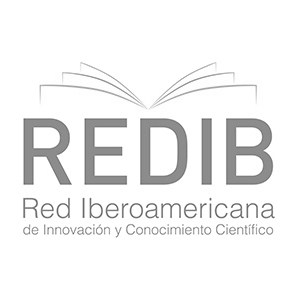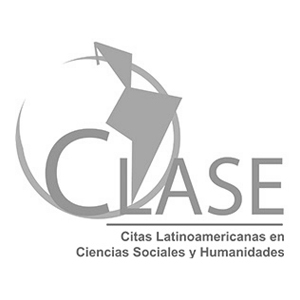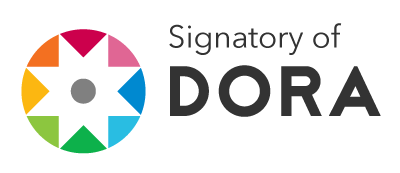Areas of Interest for the Rural, Economic, and Social Development Zidres Law on Foreign Investment and Social Rights in Colombia
The objective of this article is to analyze tensions that might arise between agroindustry, foreign investment, and economic and social rights in the Colombian peasant population after the implementation of Law 1776 of 2016, called the Zidres Law, which creates Areas of Interest for Rural, Economic and Social Development in Colombia. This research is developed with a quantitative approach, focused on the description and analysis of the phenomenon to generate a theoretical systematization from the data obtained. The main limitation experienced is that currently, there is a single zone constituted as Zidres in Colombia, for which quantitative data on its production is not known yet. This constitutes an original work given that in the academic literature, there is no similar research analysis about the Zidres law and its consequences. The exceptional value of this article is that it allows to generate red flags regarding the implementation of this law. As a main conclusion, this research states that Zidres Law generates tensions between foreign investment and the economic and social rights in Colombia, in which, rights such as the minimum vital wage, the right to work and human dignity are threatened.
Article Details
Once an article is accepted for publication, the author will assign the rights of his/her text to the Mexican Newsletter of Comparative Law, with the legal implications that this conveys. For the reproduction of any article or any part thereof, by any means, the written authorization of the Editor of the magazine will be required, the Editor will request to mention it is first publication by the Newsletter with the corresponding data.

This work is licensed under a Creative Commons Attribution 4.0 International License.
References
Asamblea Nacional Constituyente (1991), Gaceta Constitucional 109, Imprenta Nacional.
Carrero, G. C.; Walker, R. T.; Simmons, C. S., y Fearnside, P. M. (2022), Land grabbing in the Brazilian Amazon: Stealing public land with government approval, Land Use Policy, 106133, disponible en: https://doi.org/10.1016/j.landusepol.2022.106133.
Clements, E. A. y Fernandes, B. M. (2013), Land Grabbing, Agribusiness and the Peasantry in Brazil and Mozambique, Agrarian South: Journal of Political Economy, vol. 2, núm. 1, disponible en: https://doi.org/10.1177/2277976013477185.
Constitución Política de Colombia (1991) (testimony of [Const.]).
DANE (2016), Censo Nacional Agropecuario.
DANE (2019), Boletín técnico pobreza multidimensional en Colombia, 2018.
De Carvalho Lopes, R., y De Oliveira, M. R. L. (2021), Considerações sobre a Lei no 13.465/2017 e os possíveis efeitos em relação à política de Reforma Agrária no Brasil, Research, Society and Development, vol. 10, núm. 1.
De la Cruz, A. (2016), Vías comunitarias para la defensa del territorio, en Hernández, N. L. y A. De Ita, R. (eds.), La nueva survidumbre agraria y la resistencia indígena y campesina, Centro de Estudios para el Cambio en el Campo Mexicano, México.
DNP, D. N. de P. (2018), Documento Conpes 3917.
Gobernación del Meta (2015), Nuestro departamento, Meta Tierra de Oportunidades, disponible en: https://www.meta.gov.co/web/content/nuestro-departamento.
Hernández, N. J. (2016), Reforma al campo y leyes energéticas, en Hernández, N. J. y A. De Ita R. (eds.), La nueva survidumbre agraria y la resistencia indígena y campesina, Centro de Estudios para el Cambio en el Campo Mexicano, México.
INPA. (2021), Estimativa de desmatamento por corte raso na Amazônia Legal. Recomendações Para Cartas e Documentos Timbrados Do INPE. disponible en: https://www.gov.br/inpe/pt-br/assuntos/ultimas-noticias/divulgacao-de-dados-prodes.pdf.
Ley 160 de 1994 (1994), (testimony of Congreso de Colombia).
Ley 1776 de 2016 (2016), (testimony of Congreso de Colombia).
Ley 1776 de 2017 - Ley Zidres (2017) (testimony of Congreso de Colombia).
Llano, E. M. de. (2014), La dimensión territorial de la competitividad. Economía y Desarrollo, núm. 151, disponible en: http://scielo.sld.cu/scielo.php?script=sci_arttext&pid=S0252-85842014000100006&nrm=iso.
Medina, P. A. y Cárdenas, D. C. B. (2010), La sostenibilidad ambiental urbana en Colombia. Bitácora Urbano Territorial, vol. 2, núm. 17, disponible en:
Nuñez-Terrones, Elvira; Sánchez-Torres, Yolanda, y Terrones-Cordero, Aníbal (2020), Efectos de la reforma energética en el territorio y condiciones socioeconómicas en Papantla, Veracruz, México Effects of. LiminaR, vol. 18, núm. 1, disponible en: https://doi.org/10.29043/liminar.v18i1.720.
PNUD. (2011), Colombia rural. Razones para la esperanza. Informe Nacional de Desarrollo Humano, INDH, PNUD.
Reydon, B. P. (2011), O desmatamento da floresta amazônica: causas e soluções. Politica Ambiental, núm. 8.
Reydon, B. P., Fernandes, V. B. y Telles, T. S. (2015), Land tenure in Brazil: The question of regulation and governance, Land Use Policy, núm. 42, disponible en: https://doi.org/10.1016/j.landusepol.2014.09.007.
Robles, H., (2012), El caso de México, en Gomez, S.; Soto, F. Dinámicas del mercado de la tierra en América Latina, FAO, Italia.
Romero, E. (2012), Desarrollo sostenible: hacia la sostenibilidad ambiental, Produmedios.
Sentencia C 644 de 2012, 120 (2012) (testimony of Corte Constitucional de Colombia).
Sentencia C 192 de 2016, (2016) (testimony of Corte Constitucional de Colombia).
Sentencia C 77 de 2017, 203 (2017) (testimony of Corte Constitucional de Colombia).
Vázquez García, V. (2017), Land grabbing in Mexico: extent, scale, purpose and novelty, Revista Mexicana de Ciencias Forestales, vol. 8, núm. 44, disponible en: http://www.scielo.org.mx/scielo.php?script=sci_arttext&pid=S2007-11322017000600010&lng=es&tlng=en.
Velasquez, R. (2013), Expropiación indirecta, Justificación, Ius et Veritas, vol. 4,núm. 16.
Wilkinson, J.; Reydon, B., y Sabbato, A. Di. (2012), Concentration and foreign ownership of land in Brazil in the context of global land grabbing, Canadian Journal of Development Studies / Revue Canadienne d’études Du Développement, vol. 33, núm. 4, disponible en: https://doi.org/10.1080/02255189.2012.746651.
